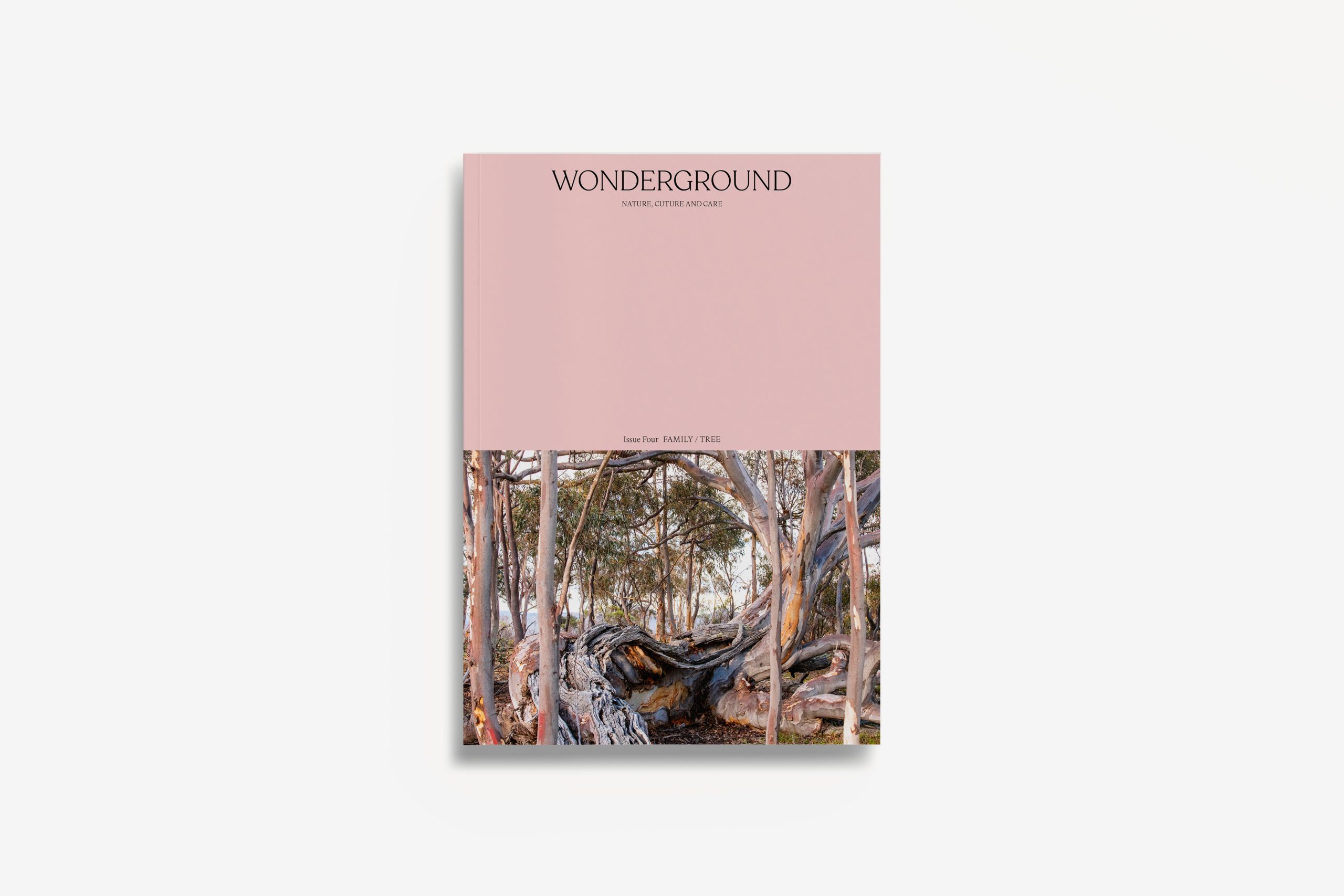Know your (Black) Garden History

For me, nature has always been a place of Black affirmation. Some of my earliest childhood memories were riding shotgun alongside my daddy as he made his rounds as director of parks in my hometown city of Atlanta, Georgia. Were the limbs of the trees growing over the playground safe? How many flowers needed to be replaced at the park entrance? Would the dogwoods be in bloom before the annual spring festival? I learnt to check for it all. Cultural events and family gatherings were often held in the greenspaces Daddy supervised. Where the plants thrived, the people and party followed.
Daddy’s office was in City Hall. Tagging along behind him after school often meant crossing paths with Black mayors and internationally known disciples of the Civil Rights movement – people who had walked the streets with, and personally knew, Rev. Dr Martin Luther King Jr. They were happy to share stories about the man behind the movement with anyone willing to listen. It is for this reason, these brushes with living legends of the South, that I associated nature with political power, as much as I associated it with the environment.
Nature is also freedom. On weekends, my parents often packed my sister, brother and me in the car and drove to Barnesville, Georgia, one hour south of Atlanta. It was my mama’s hometown, dirt road country, and in fact, the old country. Here lay a twenty-seven-acre farm built by my great-grandfather, the son of enslaved people. My siblings and I were taught this magical place was a native village never to be forgotten. It was complete with a smokehouse, cow pasture, pig pen, fishing pond, potbellied stove, chicken coop, porch swing. The trees were abundant – cedar, pecan, pine and mighty oaks; and the garden was filled with heirloom blooms of the South. My Aunt Lois swept the yard every day to perfection. Not just overflowing with plants, the farm overflowed with love. It was self-sufficient and it was ours.
Looking back, I am unsure if I could have escaped a career in horticulture. It may not have been my first choice for a major as a college student at Auburn University in Alabama, but it was always my destiny.
A few years into the so-called ‘real world’, I found my love of gardening being tested. As a young woman hired in a newly created position of landscape manager for Hartsfield-Jackson Atlanta International Airport (the world’s busiest airport), imposter syndrome cast a dark shadow over confidence that had been instilled in me since birth. Though I had years of work experience behind me, I questioned whether I was capable or even qualified to do the job. There was no blueprint – no-one whose footsteps I thought I could follow. But leave it to my mama, an educator, historian and wise soul, who encouraged me to turn inward and remember where I came from – Atlanta, the country, and the mighty South!
For if I knew my history, my Black garden history, everything was possible.
Mama introduced me to stories of Black women leaders in horticulture, who lived in the century before me.
Sharing stories I could not unhear and images I could not unsee, she heralded women who were trailblazers, who used the garden as their platform to build wealth and employ and uplift women. She insisted that I do the same. It had been done before by women like me so I, of course, could do it again.
Mama taught me about people like Bessie Weaver, credited as the first Black florist west of the Mississippi. Weaver understood that flowers could empower, and there was a responsibility to be a queen maker and lift people as you climb. She was an exceptional orator. In a speech to the National Negro Business League in 1915, she shared her acute observation about the power of nature: ‘Another feature of this business which is not true of the average mercantile venture … is your flowers grow even while you are asleep and the forces of nature are in league with you in your endeavour to succeed … even when the florist retires, the buds will burst forth and blossom in the night.’
I also learnt about Annie Mae Vann Reid, a self-taught horticulturist, nursery owner, florist and businesswoman, who ran a wildly successful plant shop in Darlington, South Carolina, during the Jim Crow Era.
My confidence was reignited, and I quickly grew a team of novice gardeners into award-winning horticulturists in less than two years. Though I have reinvented myself many times since, this experience stands out as one of the most memorable of my career. As my airport team looked just like me, this meant we were free to do the work and create an expansive outdoor garden without our Blackness being seen as a burden or our intelligence inspected as something to be questioned. In this space, the shared lived experience of the team was our greatest asset. We got to fully focus on the science and art of horticulture. We were free.
Today, Black women working in ornamental horticulture (my specific discipline in the garden world) are still a small sorority in the United States. We often know each other personally and, when we don’t, there’s a mere two degrees (or less) of separation between us. Slowly but surely, the sorority is growing. Women are settling into, and owning, their space in the plant world. We’re expanding into various niches – design, health and wellness, landscape architecture, floriculture, self-sufficiency through farming, arboriculture and beyond.
We keep digging new paths, for we know there’s gold in them thar gardens. We are energised, we are focused, we are free and, like our ancestors, we are rising!
–








